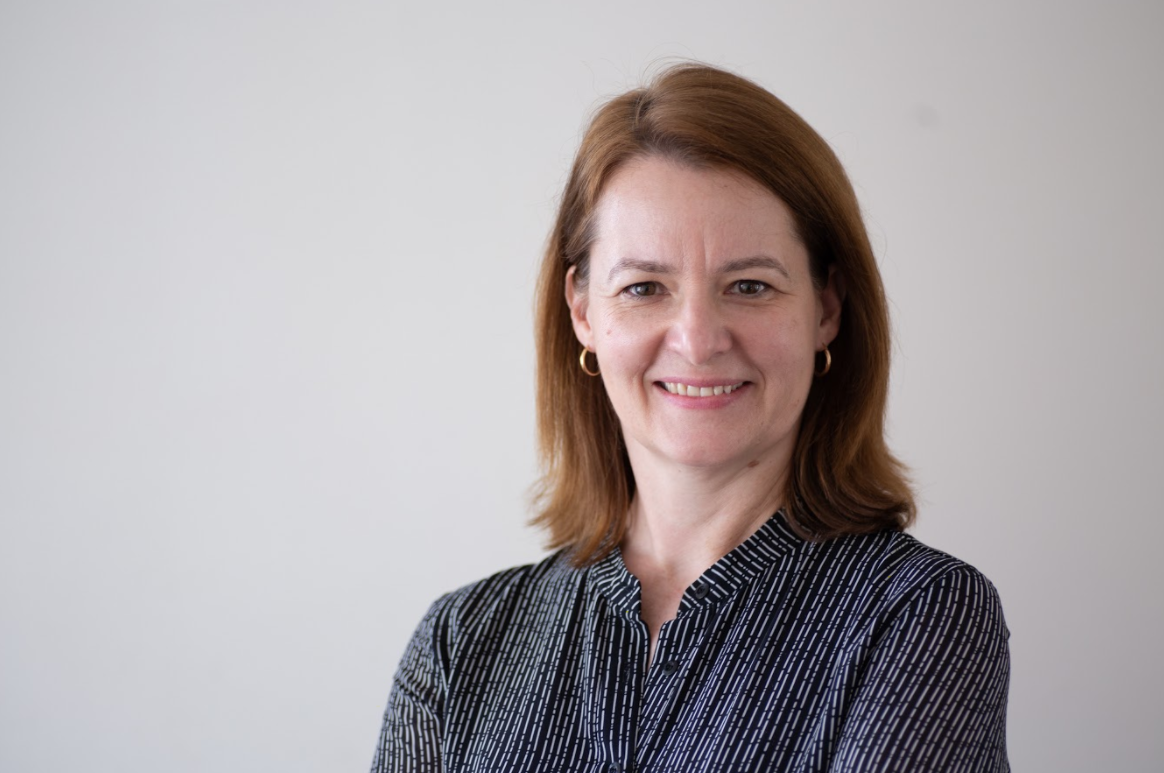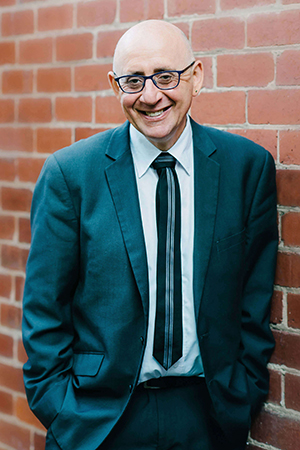Coviu has Australia’s telehealth covered
By Leon Gettler, Talking Business >>
TELEHEALTH, the process of getting health care remotely, has taken off in Australia.
According to Coviu co-founder Silvia Pfeiffer, the practice is now well accepted among all age groups. Coviu – a spinout of CSIRO’s Data61 division – is today Australia’s leading video telehealth solution provider.
“The pandemic has given telehealth a kick in the behind,” Dr Pfeiffer, the CEO and co-founder of Coviu, told Talking Business.
“All the objections to telehealth before the pandemic fell away during the pandemic and both clinicians and patients embraced it.”
Dr Pfeiffer said telehealth was now not only used by general practitioners (GPs) but also in counselling and mental health services. 
Easy to use and accessible
Coviu’s video platform, similar to Zoom, allows clinicians to offer video consultations for their patients. That includes GPs, mental health practitioners, physical therapy practitioners, dieticians, nutritionists and medical specialists who provide a video service.
“Patients have got a real taste for it through the pandemic,” Dr Pfeiffer said.
“Think of a family, of a mother with three children and one child is sick and having to go to all kinds of efforts to get somebody to look after the children while she takes one of them to the doctor. How much easier is it to just do a video call with your GP?
“We have seen that over and over again. Patients have loved the simplicity with which they can go see a clinician online,” she said.
More importantly, Coviu has conducted research that revealed nearly half the number of Australians would switch doctors to one that offered video consultations.
The research into more than 1000 Australians found that 70 percent felt that all GPs should offer telehealth. This was across every age group.
The research also found 44 percent said they would switch GPs if they had a choice between a GP who offered telehealth and one who did not.
Patient age is no barrier
While younger Australians are less committed to their GPs, the result is similar across age groups.
Dr Pfeiffer said older Australians had really tuned into telehealth. 
“Even some as old as 99 to 100, they have embraced video telehealth because they find it so much easier than having to organise getting to a GP and asking a family member to take them,” she said.
Dr Pfeiffer said telehealth also offered opportunities in aged care and residential care.
“Right now, if you have people in aged care centres and they need to see their clinician, at the moment the GPs would have to travel out to them,” she said. “Often the GPs don’t have a lot of time, [so] they go through in a rush and they might not come often enough.
“If video telehealth can be introduced in an aged care [facility], they can just make an appointment when it’s needed without waiting for the next doctor’s regular visit to come to the centre.”
Dr Pfeiffer said it was “not really an issue” of whether older Australians would accept that, as many older Australians had already embraced telehealth, just as they had embraced video technology to stay in touch with their families.
“It’s more a personal preference problem,” she said. “Some people are very good with picking up technology and feeling comfortable talking on video and other people cannot deal with it. They absolutely have to go and see their clinicians face to face.”
Hear the complete interview and catch up with other topical business news on Leon Gettler’s Talking Business podcast, released every Friday at www.acast.com/talkingbusiness.
ends


